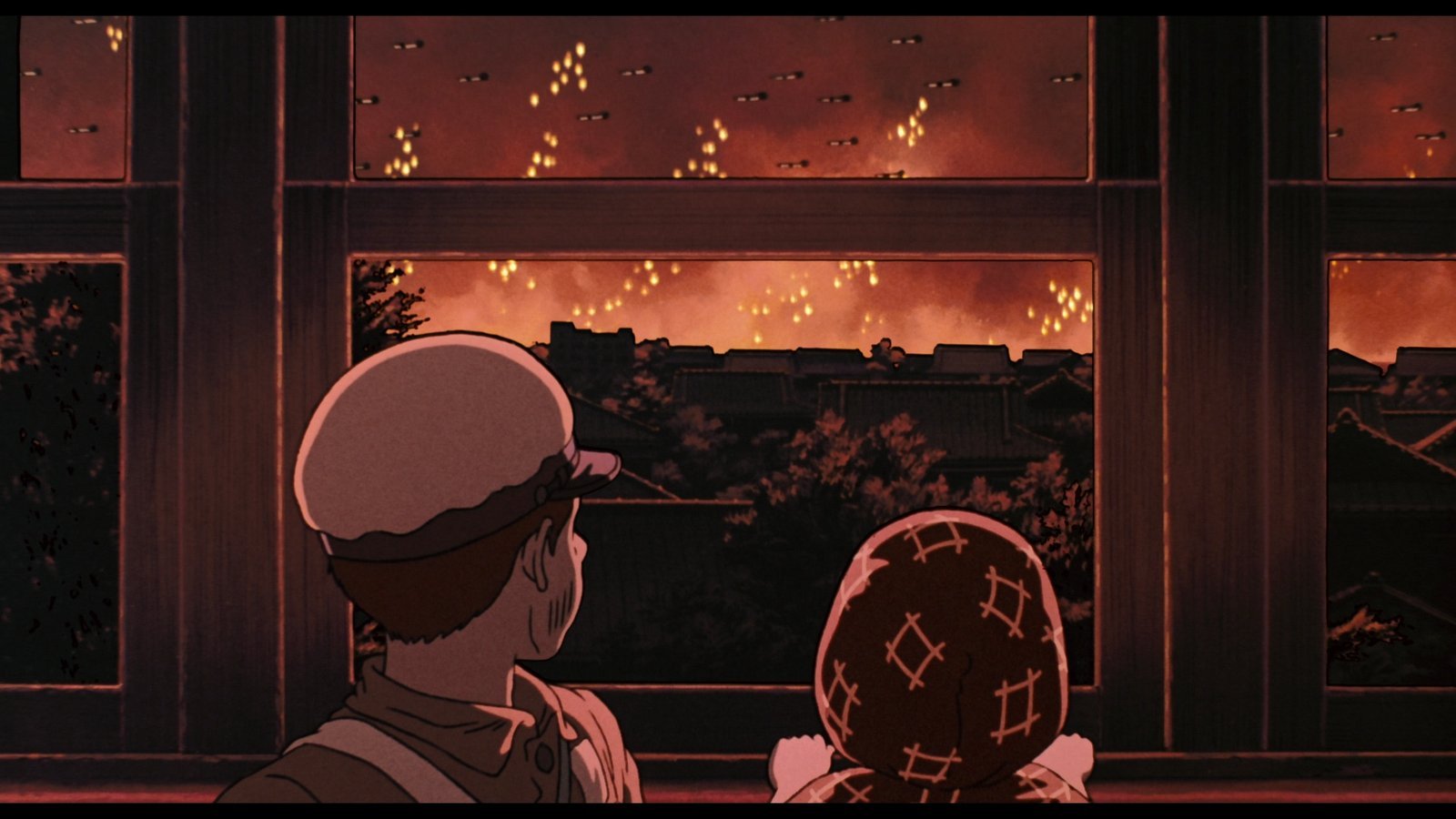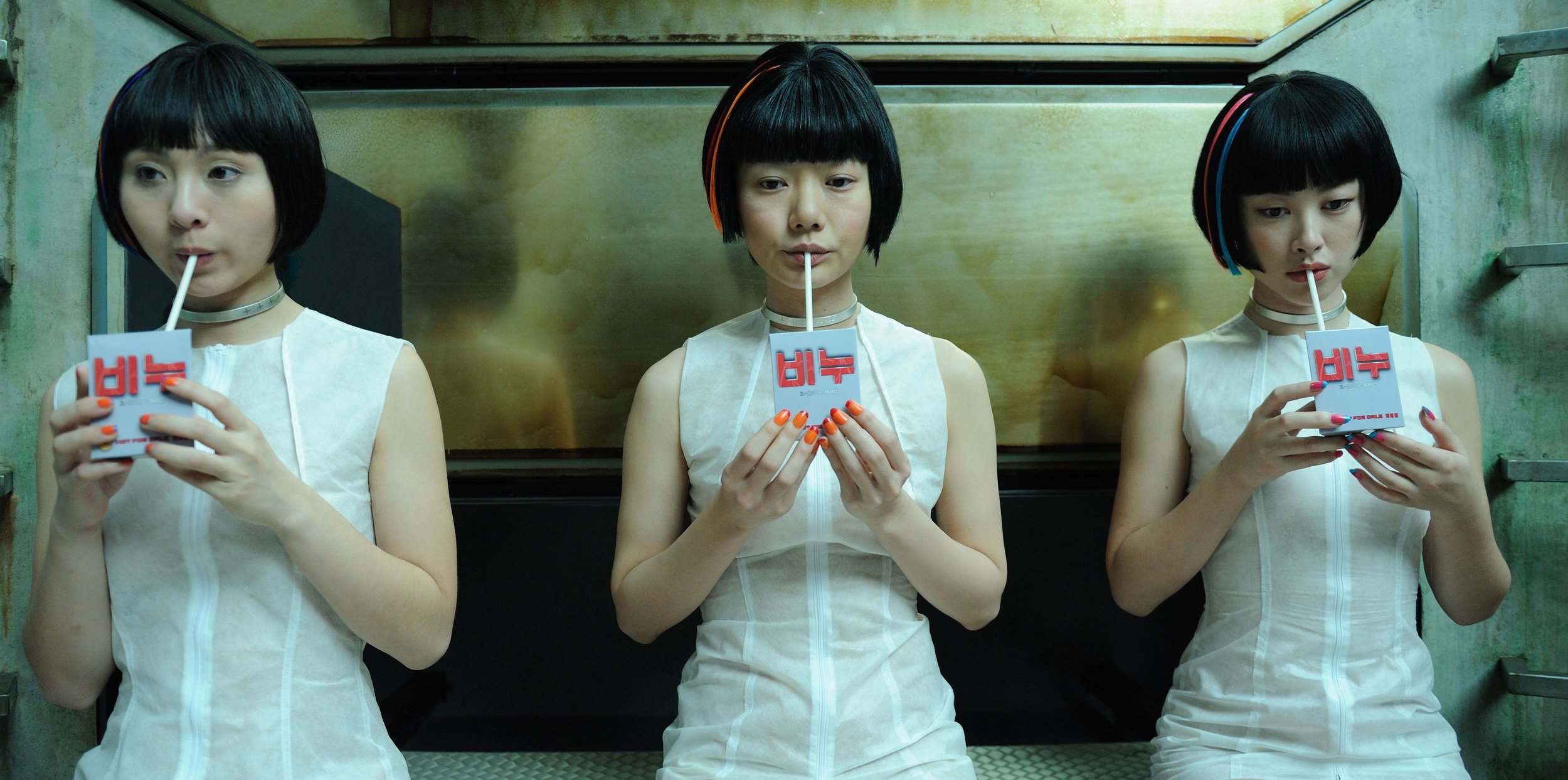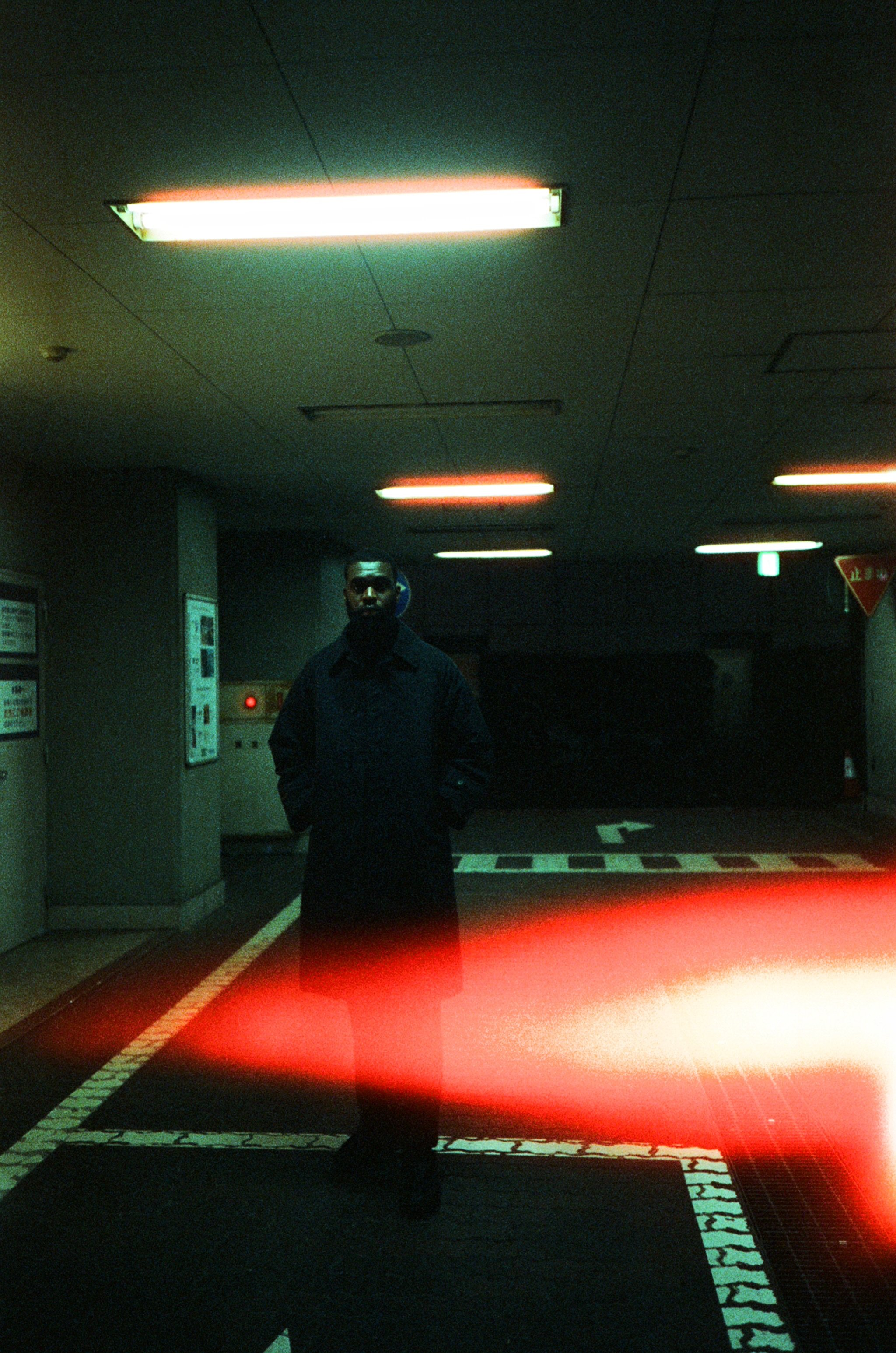Artificial nostalgia: Behind the trending PS2 filter

As the viral PlayStation 2 filter enters its final stages of relevance, it’s time to question if there’s more to it than just a pretty, low-poly face.
On top of the seemingly immortal Y2K obsession, the PS2 filter trend has further tucked us into a bed filled with dreams of a simpler time. We are in a nostalgia driven period, and one look at TikTok recently has been a strong reminder of that. As much as we may wish to, we can’t really return to the past, but the filter takes us a step closer.
The filter uses Replicate AI’s platform to PS-ify anything and everything. Artificial intelligence’s developments have opened a whole new avenue for creating the nostalgic content that we crave, and the instant response the filter provides is at once incredibly impressive and scary. The oversharing of pictures in this style may muddy our cherished memories of the time we spent growing up alongside the console.
Rumi Josephs, a trend analyst and internet subculture expert, has not escaped the nostalgia wave either; he is mid-way through a replay of Final Fantasy 7. “I’m playing it now, and it feels terrible, but there’s so much love poured into those pre-rendered backgrounds, even the polygon-y characters”. His decision to return to the vintage PlayStation title is because of the release of FF7’s remake, with incredible modern graphics. Instead of being excited for its release, Rumi’s desire was to play the original. The feeling of nostalgia can only be attained through the flickering graphics and characters with “legs made of three squares”.
Hunger for old aesthetics
Our hunger for old aesthetics means we are becoming more and more disillusioned with modern ultra-high-quality graphics (which vintage titles were once considered to be). It’s no surprise then that the PS2 has been chosen as the figurehead for this vintage game aesthetic; there is a sense of being in a technological future that permeates its design which sets it apart from other consoles of the time. Who doesn’t remember being plunged into the city of minimal skyscrapers when opening the console? The PS2 represents an era when the peak of technology was still cool.
It is also tied to what was potentially the last distinct cultural look. Y2K has a specific image, which is something we have lacked in the last 20 years as eras start to break down. Rumi questions “what really defines the late 2000s? the 2010s? is there anything in the 2020s that you could go back to in the way you immediately point towards hairspray hair, or new romanticism, or even rave in the 90s? we're lost in this timeless unspecific zone”.
The console was all about progression; just look at some of their advertisements. This feeling of technological advancement is present in their games too; menu designs are sleek, minimal, and uninviting, like Tekken 4’s machine-like interface. There’s an excitement about entering a new age of computers (coinciding with the console’s release around turn of the millennium) that we seem to have lost today. Rumi points out that “the age of the polygon look, and that particular style of PlayStation graphics, was the last time that something felt that it had an arrow directing towards the future; technological progress and everything was incrementally getting better. The 20th century is the breakdown of this conceptual cycle, and there’s something that’s precious about those final moments and that dying out”.
Tekken 4 menu screen
Video game companies today continue with this attitude. Publishers representing the great PS2 titles are progressing with more and more advanced graphics. Tekken 8’s recent release gave the series its most high-definition makeover to date, which was met with open arms from fans; the series seems to have brought back from the dead. When the same modern revamp is applied to our favourite vintage titles, like the PS4 remaster of Shadow of the Colossus or the upcoming Silent Hill 2 remaster, comments are littered with fans calling them “soulless” or simply not as pleasing. They feel like a betrayal of the nostalgia we hold for them.
endless spinoffs
Loss and nostalgia go hand in hand, as without missing something you cannot be nostalgic for it. Rumi raises Grafton Tanner’s argument that with endless modern spinoffs and endless remakes from franchises like Marvel and Disney, “we can’t be nostalgic for these things”, and because they are constantly coming out “you never have the chance to feel it”. Nostalgia is equivalent to wishing there was more of something, and in our time, we have “a cultural machine that says I’ll give you more of it” in the form of remakes or spinoffs.
This is perhaps why Y2K and the era of the PS2 is the last era we feel nostalgia for; we haven’t been given the chance to miss any media produced after it. As the PS2 filter is made using AI, a similar issue arises of infinite media production which could sully the relationship of our memories with it. The constant reminders of it on our feed will give us no time to forget it.
Thanks to the (potentially shameful) wonders of modern AI technology, the content can be created near instantly, which has only helped flood our feeds with it quicker. There is something strange about looking at something meant to be nostalgic that has just been made; fake nostalgia created to fill our craving for it. With AI, “you don’t come into contact with any of the original culture”, argues Rumi. “you're meeting the present again, there's nothing of the past”, creating this uncanny feeling.
“Things used to take time to develop, and AI is involved in the accelerated speed of content production”, Rumi acknowledges. “But content is different from culture”; there is a humanness in culture whilst content is involved with engagement, and “has no substance whatsoever”. The masses of content that AI can generate feeds the social media machine, “plundering the past for something that hasn’t been used yet”, like the PS2 filter.
connectedness through nostalgia
There’s a sense of community in shared nostalgia; in fact, it has been known to increase social connectedness. The PS2 filter’s popularity is a testament to the fact that we all feel a strong connection with the time we spent with the console, of huddling around a fuzzy monitor or watching an older sibling play. Naturally as we don’t need or have the time to foster these experiences, we long for them, remembering a romanticised version of our memories without the arguments that come with them.
This feeling of connectedness has made the trend extremely shareable, and, as with all trends, the filter will eventually see its end and fall out of fashion. It has been seen applied to everything, from movie icons to your friend’s new profile picture, and is available to everyone. The nostalgia we feel for our time with the console is being worn out, commodified into infinite addictive doses of better times. We may soon look on the same pictures that give us that cozy feeling with the stale sentiments of a dead trend.
Grafton Tanner may agree with these sentiments, maintaining that the specialness of nostalgia is in a particular time, and that “the more we grasp onto it the more we ruin it”. Forcing them into our present means they have nothing to do with what we liked about them. Rumi, however, has a more balanced outlook. “It’s really good to unearth and remember elements of a culture that are worth remembering. It’s a way in which they accrue a certain value, and if they’re not remembered they’re just lost”. It’s important to appreciate great work despite things looking janky and wrong, he adds. “I do think we should resist the temptation to try and hold onto everything, but there is a strong sense in which we have a responsibility to appraise culture”.
Of course, at the end of the day, it’s just a filter and there’s no harm to be done by wanting to see what we look like in our favourite games. However, the PS2 filter could represent a larger trend of obsessing over the past. At the very least it’s something to consider as we continue to use AI filters, which this will almost definitely not be the last of to go viral.
About the Author:
This text was written by Isaac Hodgson






